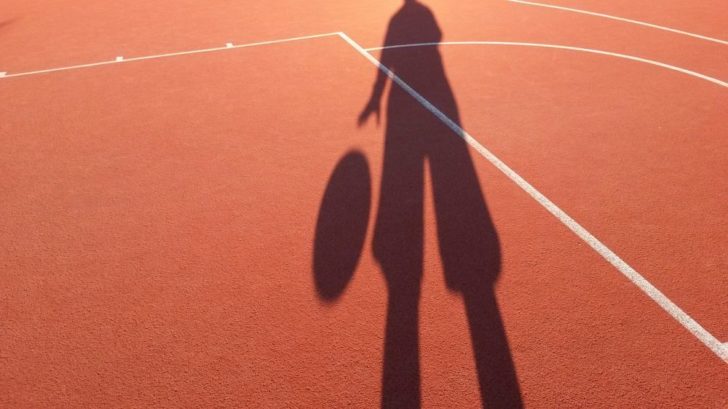Basketball Balls: A Comprehensive Guide to the Popular Sport

Introduction:
Basketball is a widely popular sport played and enjoyed by millions around the world. At the heart of this game is the basketball ball, a spherical object that forms the centerpiece of every match. In this article, we will provide a detailed overview of the basketball ball, its types, popularity, and more.
1. A comprehensive presentation of basketball balls:

Basketball balls are round objects specifically designed for the sport. They come in various sizes, materials, and designs to cater to different needs and preferences. The most common types of basketball balls include indoor, outdoor, and training balls.
1.1 Indoor Balls:
Indoor basketball balls are primarily designed for indoor play on wooden or synthetic courts. These balls typically offer superior grip and bounce, allowing players to have better control and precision. They are usually made of genuine leather or composite leather, providing a soft and comfortable feel.
1.2 Outdoor Balls:
Outdoor basketball balls are built to withstand the rigors of playing on rough, outdoor surfaces such as concrete or asphalt. These balls are generally made of rubber or synthetic materials and have a more durable construction. They are designed to be resistant to wear and tear, ensuring longevity on outdoor courts.
1.3 Training Balls:
Training basketball balls are specifically designed to enhance players’ skills and help them improve their game. They often feature innovative designs, such as color-coded panels or grip-enhancing textures, to assist with ball-handling and shooting techniques. These balls are available in both indoor and outdoor versions.
2. Quantitative measurements of basketball balls:
Basketball balls have specific measurements that must adhere to international standards. The standard size for professional and collegiate basketball is a circumference of approximately 29.5 inches (75 centimeters), with a weight of 22 ounces (624 grams). However, there are also smaller sizes available for younger players, such as size 6 for women’s basketball and size 5 for youth basketball.
Additionally, the inflation pressure of a basketball ball should be within a range of 7.5 to 8.5 pounds per square inch (psi) or 51.7 to 58.6 kilopascals (kPa), ensuring optimal performance and bounce.
3. Discussion on the differences between basketball balls:
Although all basketball balls may seem similar at first glance, they can differ significantly in terms of performance, durability, and grip. The primary factors that differentiate basketball balls include their materials, construction, and intended use.
Leather basketball balls are known for their excellent grip and feel, making them ideal for premium indoor play. On the other hand, composite leather or rubber balls offer greater durability and can withstand outdoor conditions.
Basketball balls also differ in their surface textures, with some featuring deeper channels or raised pebbles for enhanced grip. The choice of ball ultimately depends on the individual’s playing style, court conditions, and personal preference.
4. Historical overview of the pros and cons of different basketball balls:
Throughout the history of basketball, there have been ongoing debates regarding the advantages and disadvantages of different basketball balls.
Leather basketball balls, for instance, were traditionally favored for their superior grip and softer feel. However, they required regular maintenance and became slippery when wet. The introduction of composite leather and rubber basketball balls overcame these drawbacks by offering improved durability and all-weather performance while sacrificing some of the premium feel.
In recent years, the introduction of advanced technologies has further revolutionized basketball ball design. Manufacturers now incorporate features such as moisture-wicking materials, enhanced grip patterns, and advanced air retention systems, aiming to provide players with the best possible experience.
Conclusion:
Basketball balls are the essence of the game, serving as the crucial link between players and the sport they love. By understanding the different types, measurements, and characteristics of basketball balls, players can make informed decisions to enhance their performance on the court. Whether it’s for indoor play, outdoor courts, or training purposes, the right basketball ball can significantly impact the overall basketball experience.
In conclusion, basketball balls have evolved over time to meet the specific needs and preferences of players. Whether you’re a professional athlete, college player, or simply an enthusiast playing with friends, choosing the right basketball ball can greatly enhance your enjoyment and performance on the court. So, next time you step onto the basketball court, make sure you have the perfect basketball ball to elevate your game.
FAQ
What are the different types of basketball balls?
What are the standard measurements for a basketball ball?
What are the advantages and disadvantages of different basketball ball materials?
Flere nyheter
Deilige koldtbord i Haugesund
Introduction: Basketball is a widely popular sport played and enjoyed by millions around the world. At the heart of this game is the basketball ball, a spherical object that forms the centerpiece of every match. In this article, we will provide a det...
Kim Andre Haugen
18 juli 2024
Viktigheten av brannvern
Introduction: Basketball is a widely popular sport played and enjoyed by millions around the world. At the heart of this game is the basketball ball, a spherical object that forms the centerpiece of every match. In this article, we will provide a det...
Kim Andre Haugen
02 juli 2024
Tannhelse i fokus: Finn din Tannlege i Porsgrunn
Introduction: Basketball is a widely popular sport played and enjoyed by millions around the world. At the heart of this game is the basketball ball, a spherical object that forms the centerpiece of every match. In this article, we will provide a det...
Hedda Nergård
15 april 2024
Finn en tannlege i Stavanger
Introduction: Basketball is a widely popular sport played and enjoyed by millions around the world. At the heart of this game is the basketball ball, a spherical object that forms the centerpiece of every match. In this article, we will provide a det...
Erik Østby
12 mars 2024











